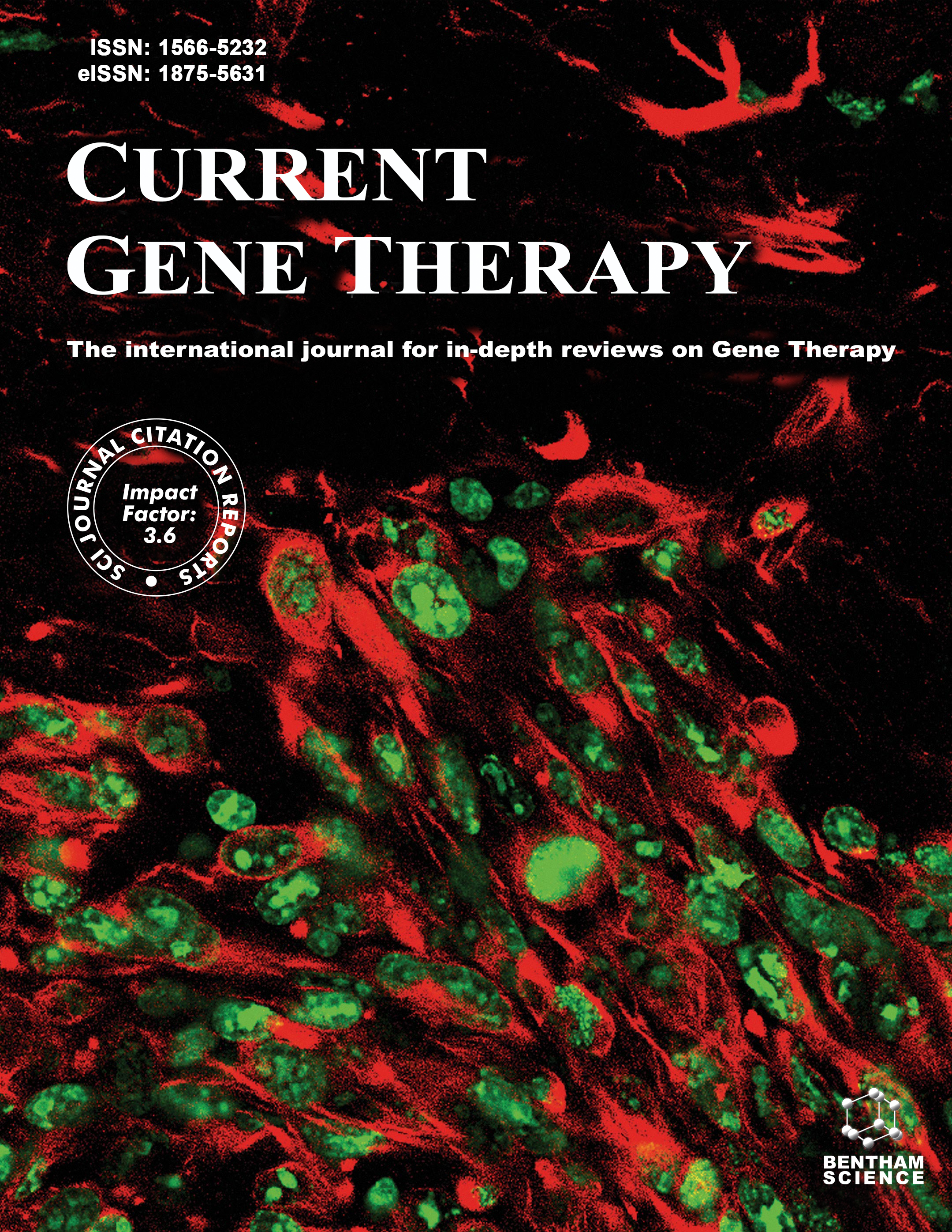
-
oa Association of KIM-1 (HAVCR1) Expression with the Tumor Immune Microenvironment in Clear Cell Renal Cell Carcinoma
-
-
- 06 Apr 2025
- 17 May 2025
- 28 Jul 2025
Abstract
Kidney injury molecule 1 (KIM-1) is a cell-surface glycoprotein expressed in the proximal tubules and encoded by the hepatitis A virus cellular receptor 1 (HAVCR1) gene. It is also expressed in renal cell carcinoma (RCC).
This study examined the immune landscape of clear cell RCC in association with HAVCR1 expression.
Next-generation sequencing (NGS) data from ccRCC tumor samples of patients from The Cancer Genome Atlas (TCGA) were interrogated for enrichment of immune infiltrates and checkpoints in tumors harboring high HAVCR1 mRNA expression or/and amplification.
HAVCR1 mRNA expression was positively associated with presence of CD8+ (r = 0.254, p = 3.03 x 10-8) and CD4 T-cells (r = 0.329, p = 3.98 x 10-13), while it was negatively associated with T-regulatory (T-regs) (r = ̶ 0.2, p = 1.47 x 10-5) and myeloid-derived suppressor cells (MDSCs) (r = ̶.0.285, p = 4.92 x 10-10). HAVCR1 amplification was also associated with CD8+ (p = 0.0019), CD4+ T cells (p = 0.0002) while expression of HAVCR1 gene was positively associated with immune checkpoints PD-L1 (CD274) (r = 0.331, p = 4.64 x 10-15) and CTLA4 mRNA expression (r = 0.085, p = 0.05). HAVCR1 transcript levels were directly correlated with those of Polybromo-1 (PBRM1) (r = 0.276, p = 9.36 x 10-11) while inversely related with BRCA-associated protein 1 (BAP1) gene expression (r = ̶ 0.134, p = 1.94 x 10-3).
The study reveals that high HAVCR1 (KIM-1) expression in clear cell RCC is associated with a distinct immune profile characterized by increased CD8+/CD4+ T-cell infiltration and immune checkpoint expression, suggesting a potential role in predicting immunotherapy response, though the observational nature and reliance on TCGA data limit causal inference.
Collectively, a potential immune-regulatory role of KIM-1 in clear cell RCC is implicated. This could be exploited for predicting benefit from adjuvant immunotherapy.

